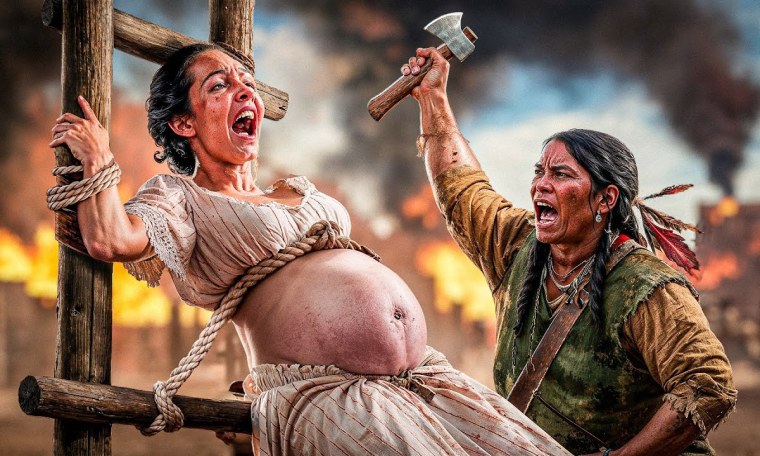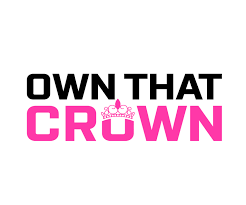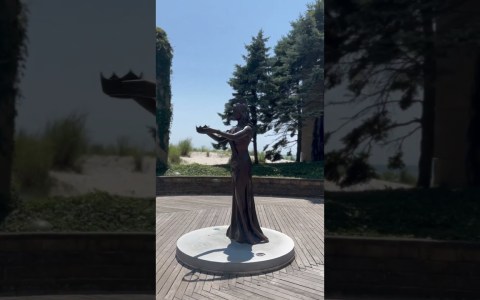
Win Your Next Pageant
Thank you for reading this post, don't forget to subscribe!Get Pageant Questions Written By A Miss Universe Judge
Warning, this documentary is under an educational and historical context, we do not tolerate or promote hatred towards any group of people, we do not promote violence, We condemn these events so that they do not happen again.
As twilight descends upon the tapestry of North America’s history, a stark silhouette of conflict and survival emerges from the depths of its past. Among the rich tapestry of Native American traditions, rooted deeply in the soil of spiritual belief and communal life, lie darker practices that speak to the complexity of human nature.
Scalping, perhaps the most infamous of these practices, was documented among tribes such as the Pawnee, Apache, and Mohawk, with archaeological evidence dating as far back as 1325 in places like Ocmulgee in present-day Georgia. The practice became particularly noted during the French and Indian Wars (1754–1763), when colonial powers offered bounties, incentivizing the taking of scalps as proof of enemy death. This grim trophy, often misunderstood, was part of a complex ritual of honor and mourning, deeply ingrained in the warrior culture of many tribes.
In the realm of justice, the consequences for breaching sacred taboos or communal laws were severe. Among the Cherokee, for example, the punishment for stealing sacred objects could be as harsh as the amputation of fingers, serving both as a deterrent and a tangible mark of transgression. Banishment, a fate considered worse than death for its severance of communal and spiritual ties, was reserved for the gravest offenses, casting out individuals into the wilderness, away from the protection and support of the tribe.
The harrowing reflections of Spotted Tail, a Brulé Lakota chief, cast a stark light on this narrative: “I have seen the dead lying in rows; I have seen them mangled by dogs; but until now, I have never heard of soldiers killing little children.” His words lay bare the unimaginable brutality faced by Native American communities at the hands of U.S. military forces.
What does it tell us about the human capacity for both violence and resilience? Join us as we explore the dark aspects of Native American history, unearthing the stories of scalping and punitive traditions in a journey through the depths of a storied past. Welcome to the diary of Julius Caesar.
The Echoes of War. Unraveling the History and Myths of Scalping Among Native Americans.
In the tapestry of North American history, few practices have been as misunderstood and sensationalized as scalping. Often portrayed in popular media as a barbaric and uniquely Native American custom, the reality of scalping is a complex interweaving of cultural, economic, and historical threads, some of which stretch across the ocean to European shores.
The origins of scalping in North America predate European contact, with archaeological evidence suggesting the practice was known among various tribes for centuries. It was not a universal custom but varied in purpose and significance. For some, scalping served as a rite of passage for young warriors or a means of avenging wrongs, imbued with deep spiritual significance. For others, it was a grim token of victory in intertribal warfare, a tangible proof of prowess and bravery. Among the Pawnee, for example, scalping was a ceremonial act, symbolizing the removal of an enemy’s strength and spirit.
00:00 Educational Documentary
2:17 Unraveling the History and Myths of Scalping
6:21 Native American Punishment Methods
12:29 The Complex Tapestry of Native American Raiding Culture
16:50 The Silent Invasion That Decimated Native Tribes
22:28 The Echoes of Massacres in Native American History
26:18 The Saga of Native American Wars
31:03 The Complex Fate of Captives in American Indian Wars
35:18 The Odyssey of Cynthia Ann Parker and the Rise of Quanah
39:21 The Legacy of Native American Resistance
43:31 The Tangled Legacy of Treaties in Native American History
47:24 The Renaissance of Native American Identity..(read more at source)
ON SALE: Pageant Resale
GET 365 FREE: Pageant Questions
VIEW MORE: Miss America Videos
LEARN ABOUT OTHER: Beauty Pageants



 Subscribe to Our RSS Feed
Subscribe to Our RSS Feed




I often see photographs of Little Big Man used as a photo of Crazy Horse. Crazy Horse had an aversion against having his photograph taken. I don't know the reason for this aversion.
Why are you blotting out images?!
❤😮❤ scalping was the English norm for bounty hunters. The Rangers were roving patrols around the castles grounds paid extremely well and exempt from pentalties for crimes against humanity. Later known as Masons.
Great video, thanks
Misnamed…
Why no mention of the "Code Talkers" during WWII in the South Pacific?
European settlers now are doing the same in Palestine 🤮
French taught indigenous trappers to bring back scalps as well
To Michael Tairilo, I am Native why don't you make your remark to me face to face you coward.
My Paternal Grandfather's tribe alone White Mountain Apache back on the 1600s successfully destroyed the conquistadors right times, nobody told the snake to go into the home of the monguse
Call revenge. Taught scalping by the French
I'm currently 30 minutes into the video, and there hasn't been a single mention of anything related to the title of the video.
My family was here first !
The video was misnamed. It was also rather one-sided. But it was interesting.
How the women went there?
Natives were some nasty people. It's hilarious when liberals talk about them like they were good people
Yeah, and Crazy Horse saw all his people addicted to white man"s powder. And guess what??? It's happening right now on every street in America!!! Like where is the compassion for others??? Apparently it got replaced by lust for money!!! Typical of the way we humans have been doing stuff ever since the beginning of time!!! I'm sick of it here!!! I really want to go home!!! I have been here since the beginning of time watching you idiots make those very same mistakes over and over again ad nauseum!!! It's getting extremely difficult to keep watching the eventual demise of this beautiful race of people!!! If we cannot adjust to😪😰😥😢😭 our differences peacefully, we a re less than human!!!
the white man was the first to start scalpping
Even though my mimi's tribe we said to be Savage…..all i ever did was go learn medicine during walks, listen twice as much as i speak……..treat the land as i would my child.
The Spanish came into the United States as well, and they took indigenous people as slaves. That was until Spain outlawed it in 1542.
well willful ignorant … "taking scalps" = taking an enemies manes … the more manes ya had the better warrior you PROVED you are … not horrifying at all … quite affective … kept the dangerous cowards out of battle … now cowards fly "drones" and push buttons … and you pretend your safe …